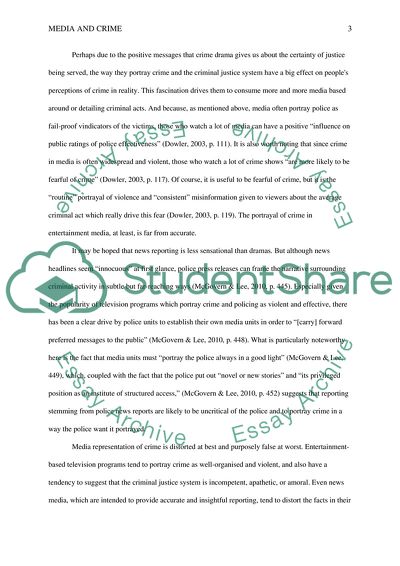Cite this document
(Media and Crime Essay Example | Topics and Well Written Essays - 1500 words, n.d.)
Media and Crime Essay Example | Topics and Well Written Essays - 1500 words. https://studentshare.org/media/1873014-media-and-crime
Media and Crime Essay Example | Topics and Well Written Essays - 1500 words. https://studentshare.org/media/1873014-media-and-crime
(Media and Crime Essay Example | Topics and Well Written Essays - 1500 Words)
Media and Crime Essay Example | Topics and Well Written Essays - 1500 Words. https://studentshare.org/media/1873014-media-and-crime.
Media and Crime Essay Example | Topics and Well Written Essays - 1500 Words. https://studentshare.org/media/1873014-media-and-crime.
“Media and Crime Essay Example | Topics and Well Written Essays - 1500 Words”. https://studentshare.org/media/1873014-media-and-crime.


